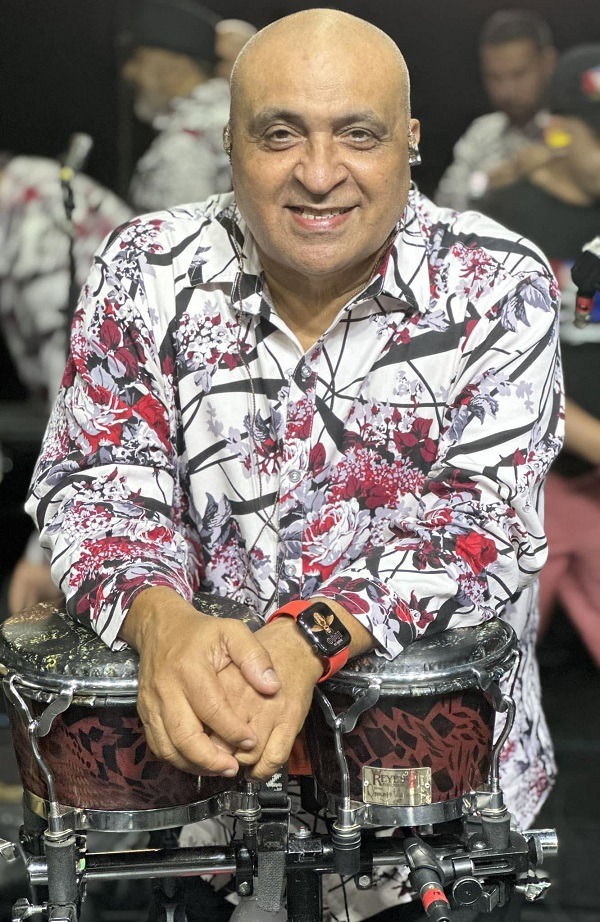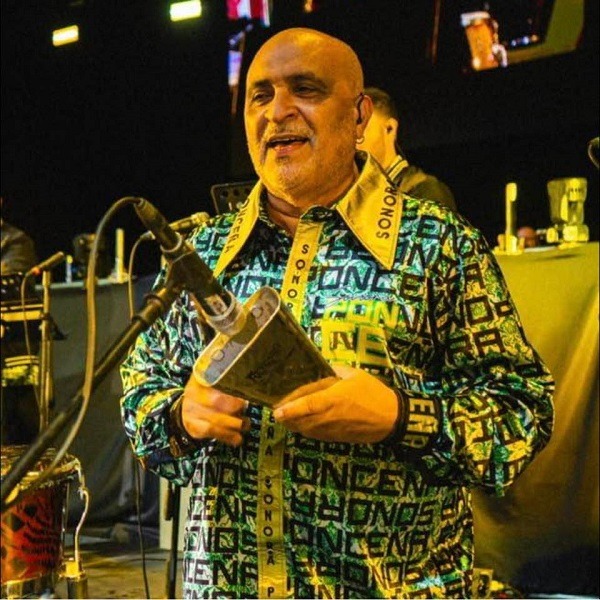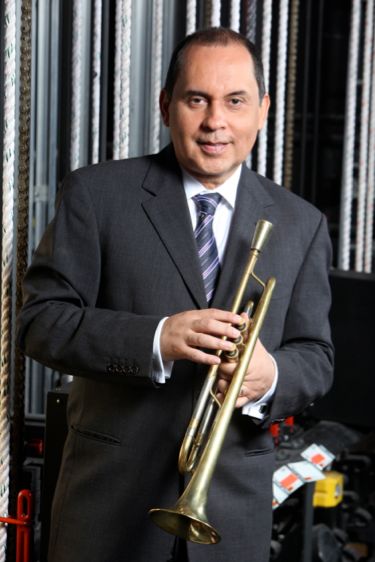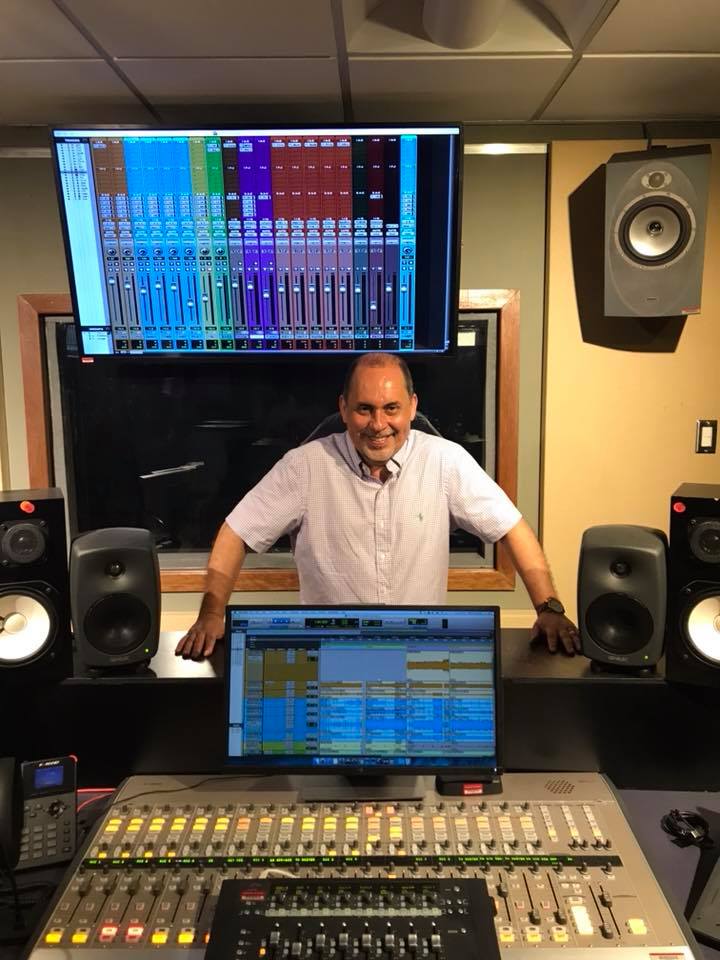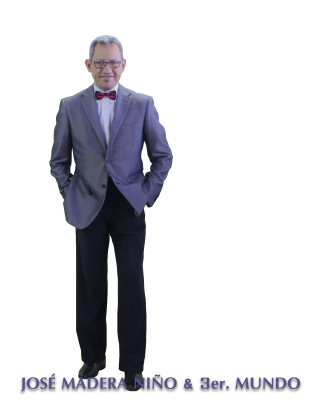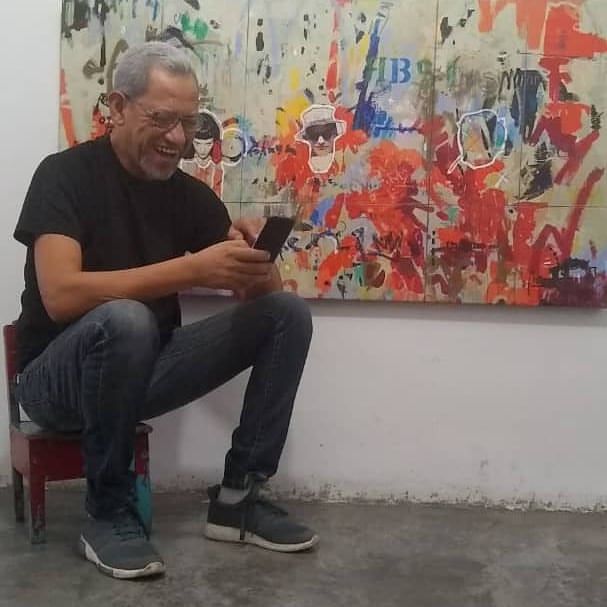Salsa shows at the Autry Museum
The vibrant salsa nights in Los Angeles offer countless events that make the most unsociable leave home and put the most serious to dance, but there are always some that stand out among the rest for the quality of the groups and shows offered to the public. The case in question is about the series of concerts performed by the Autry Museum, which has been baptized as Sizzling Summer Nights.
After a break due to the pandemic and without the possibility of enjoying good live music, there is still an anxiety to making up for lost time and dancing to the sound of the best hits of the bands preferred by the public from the area.
In the year 2023, the Sizzling Summer Nights are back thanks to some of the best orchestras in California and have proven to be a real success, even more than in previous years.
Join us to see the details of this weekly night of Latin music at the Autry Museum of The American West and the great success it has been since its first day on August 3.
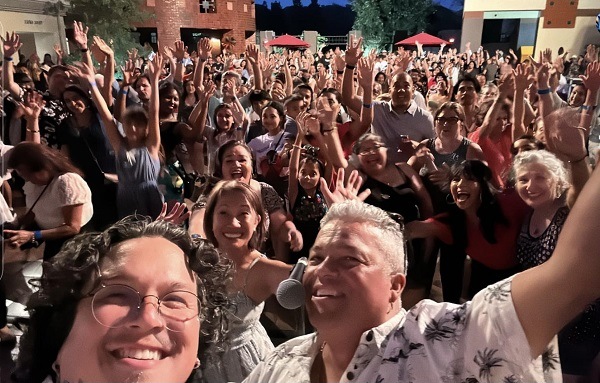
Chino Espinoza Y Los Dueños Del Son on Sizzling Summer Nights
The first group to play in the series of performances offered by the Autry Museum was Chino Espinoza Y Los Dueños Del Son, which had already been there in previous years before the pandemic. This means that its members already know perfectly well how things have been handled at the museum with respect to this type of event.
In the previous days, it could be seen how Chino Espinoza, the central figure in the orchestra, was inviting the public to join the event across the institution’s social media platforms while he was wearing a white shirt with black pants and an enthusiastic smile on his lips.
In any orchestra’s performance, it can be seen that Chino and the rest of his musicians always give the best of them, so we knew that August 3 was not going to be an exception. Hopefully, it will be repeated for other opportunities.
Son Y Clave Orchestra on Sizzling Summer Nights
The second date of this series of shows hired a friend from house: Carlos Navarro and his Son Y Clave Orchestra. The artist and the rest of the accompanying musicians have been in charge of sprucing up the night of August 10 this year with their great flavor.
In talks with Carlos, we have learned that the sound quality offered by the venue was simply extraordinary, which made the experience even better for them and those attending the show. The crowd was delighted and wanting more for the coming weeks.

Colombian Latin Sould Band on Sizzling Summer Nights
For August 17, Colombian Latin Soul Band was chosen to liven things up and keep the audience engaged at the Autry Museum every week throughout the month.
In the social networks of the group, you can see some photos of the band members while performing on the stage assembled by the Autry Museum for the show they were about to give surrounding themselves with dancing fans eager to see them play on a beautiful, sunny summer afternoon.
Leading up to the show, they also shared a bit of their rehearsals to make sure everything was in place for the special occasion.
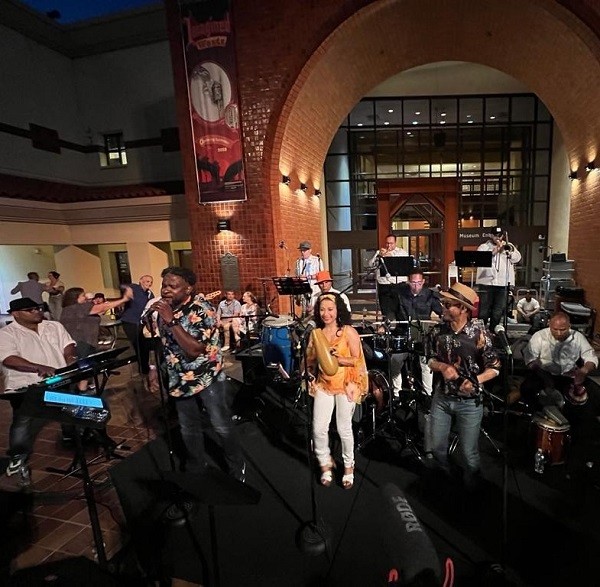
Vibroso ”Salsa With Vibes” on Sizzling Summer Nights
Vibroso ”Salsa With Vibes” is the orchestra that will be performing on the afternoon of August 24 to delight all those present with their talent. As of writing this article, the show had not yet taken place, so we cannot give further details. However, we have no doubts that it will be as successful as the other three salsa afternoons at the museum.
The schedule is expected to be exactly the same under the same protocol.
Ricardo Lemvo & Makina Loca on Sizzling Summer Nights
As was the case of the previous group, this orchestra has not yet performed, which will happen on August 31 at the same time as the previous ones. However, we can highlight that Makina Loca is a group founded in 1990 by Congolese musician Ricardo Lemvo, who came to the United States a few decades ago to pursue a college career and ended up working on Latin music.
Lemvo has said that he seeks to celebrate life and make people forget their worries with his music, so we do not doubt that his show at the Autry Museum will be what many need to relieve themselves of their troubles and daily stress.
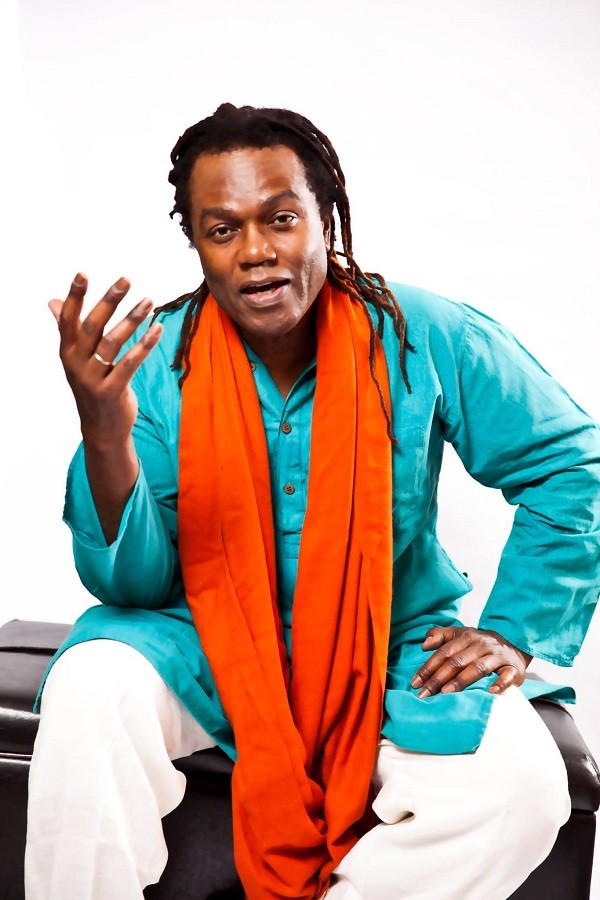
Details of Sizzling Summer Nights
As regards details on all these events, they were taking place every Thursday in August from 6 pm to 9 pm at the Autry Museum of The American West. These performances were accompanied by dance classes with the professional instructor April Connella who taught her best moves to the attendees during these days.
In addition, the cost of each general ticket is $25, but members have the opportunity to pay only $5. On this point, it is important to stress that no cash is not accepted at the door, so the best option is to buy directly from the museum’s official website and, thus, avoid bad times when attending any of the concerts.
Finally, attendees are allowed to access the museum galleries and there is a special dance floor, especially for children, so there is entertainment for everyone.
From International Salsa Magazine, we invite the entire Los Angeles community to continue supporting all these Latin music activities so that the Autry Museum and other such institutions can continue to offer activities like these in the future.
Read also: The void left by Felix ”Pupi” Legarreta
